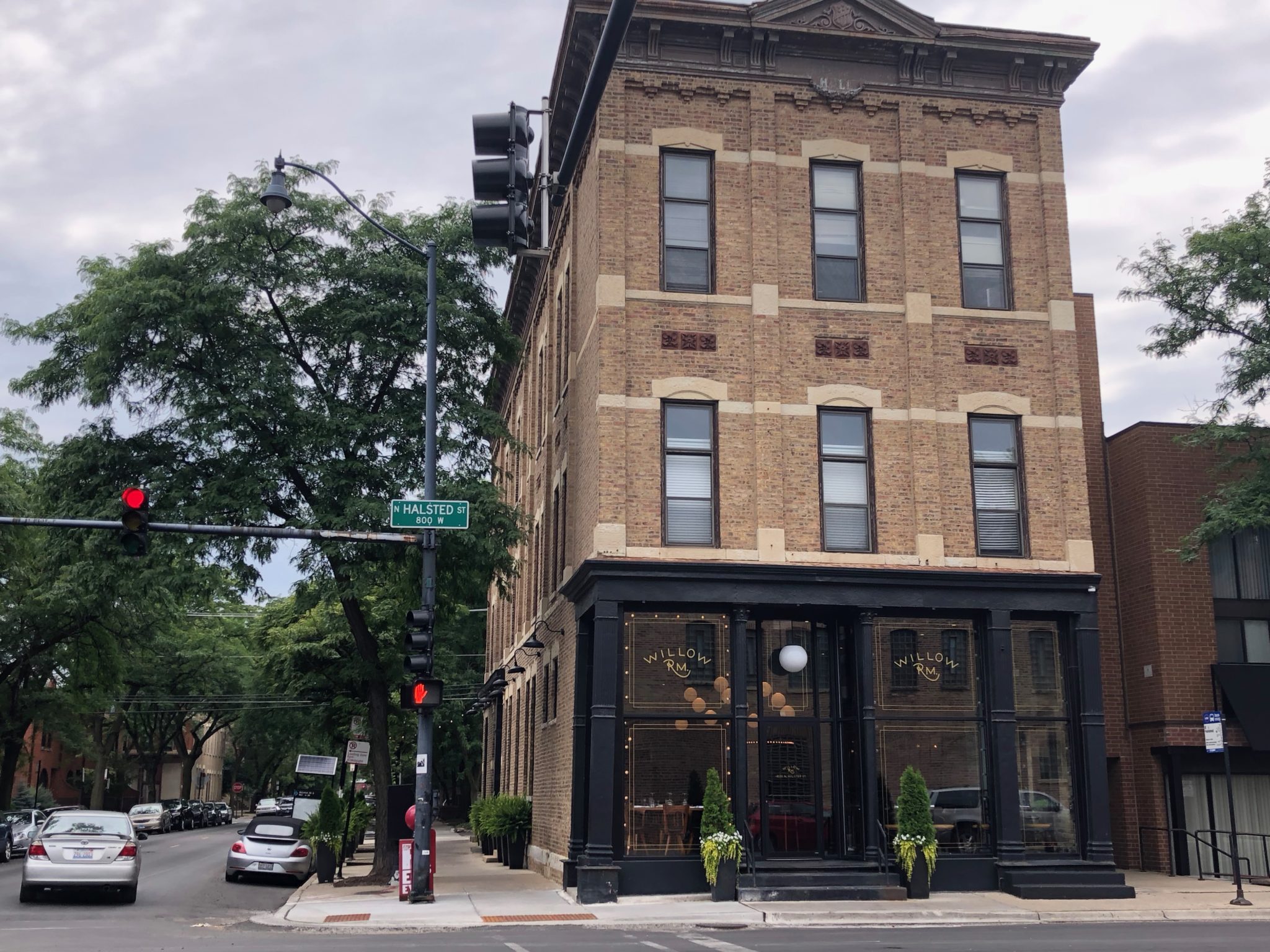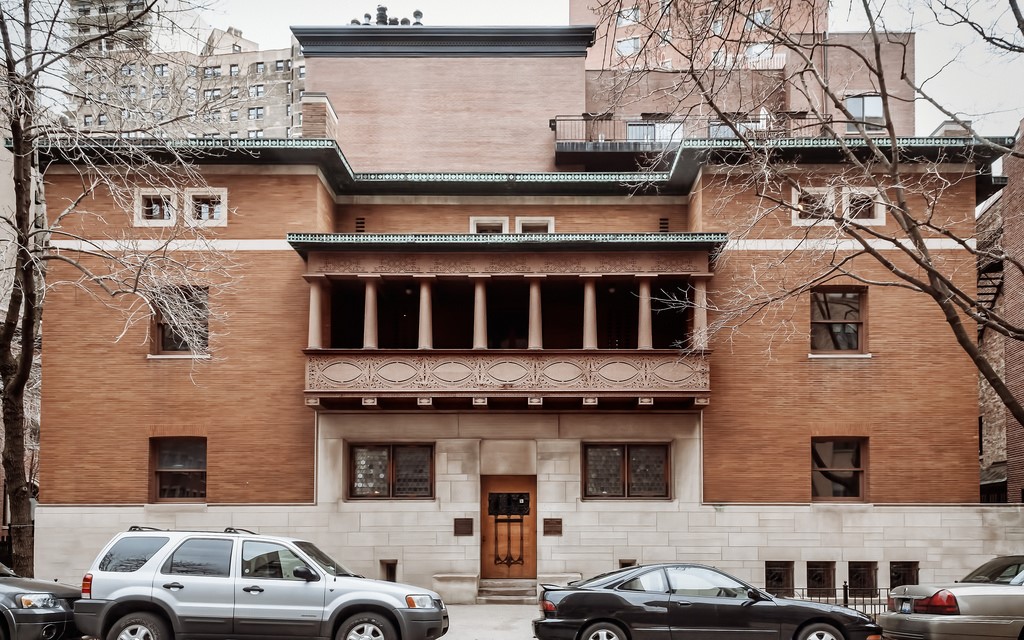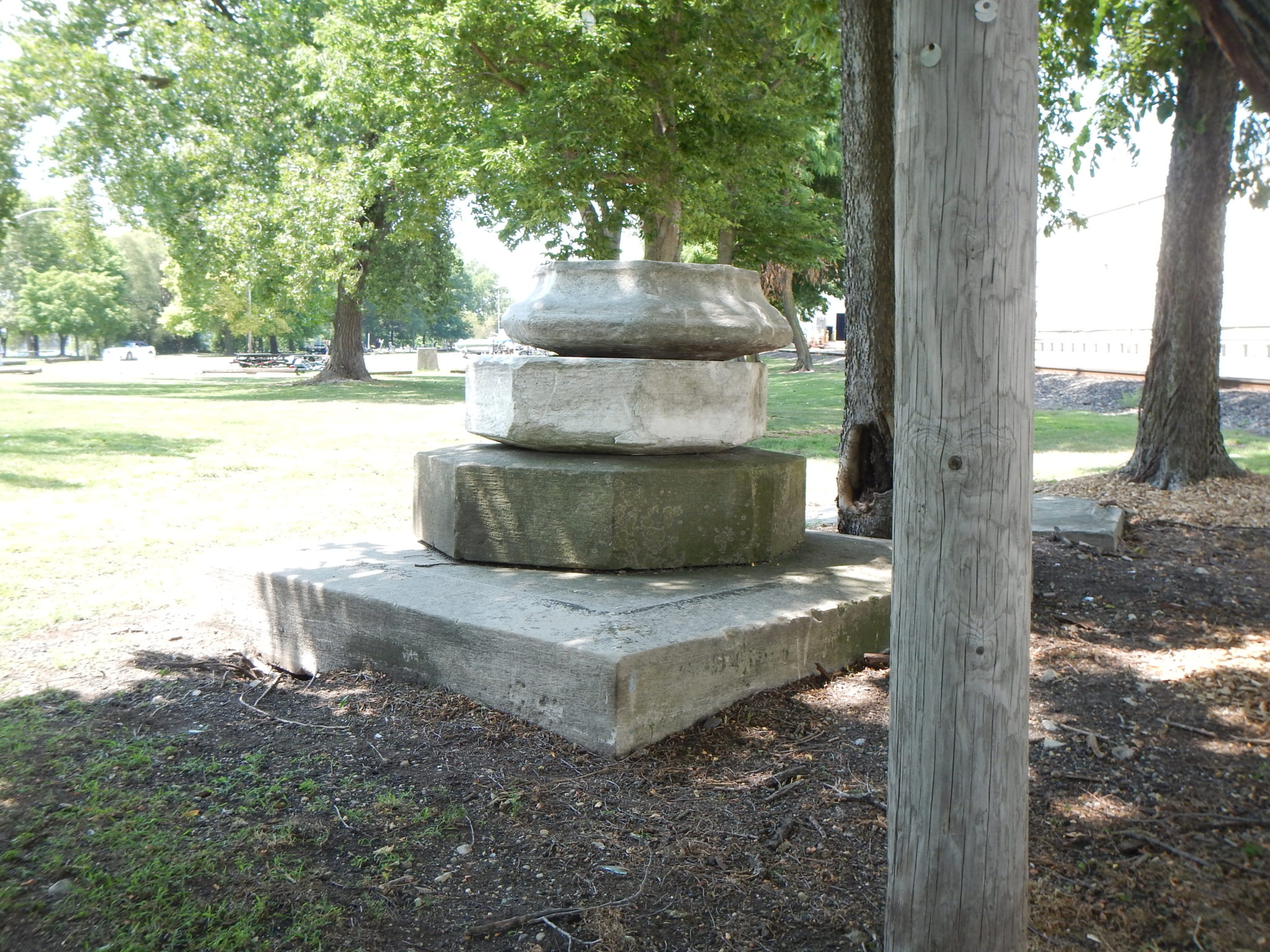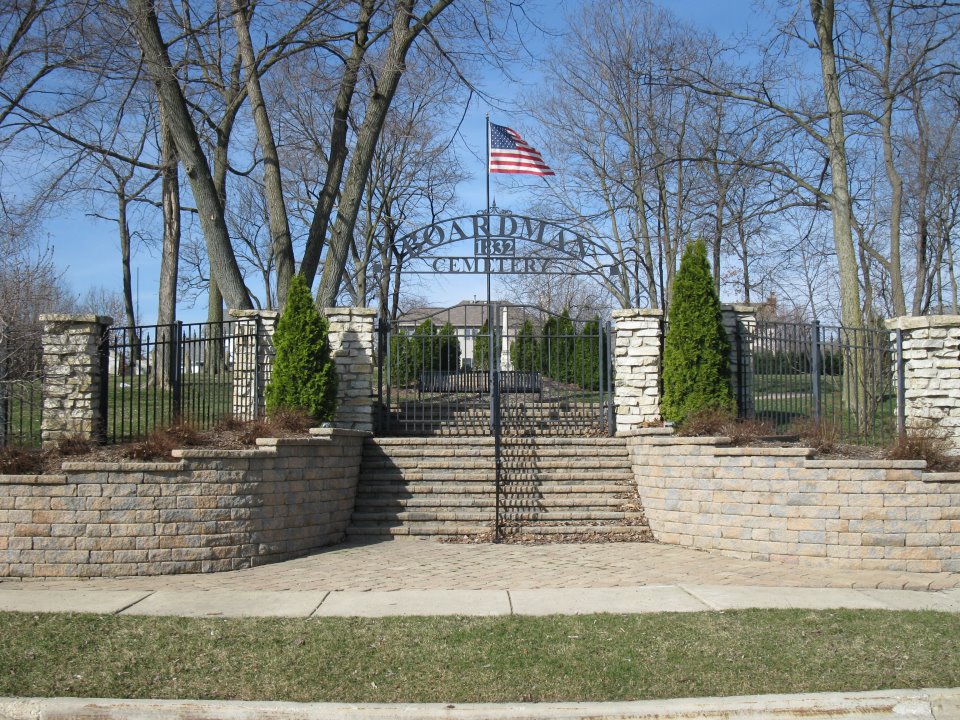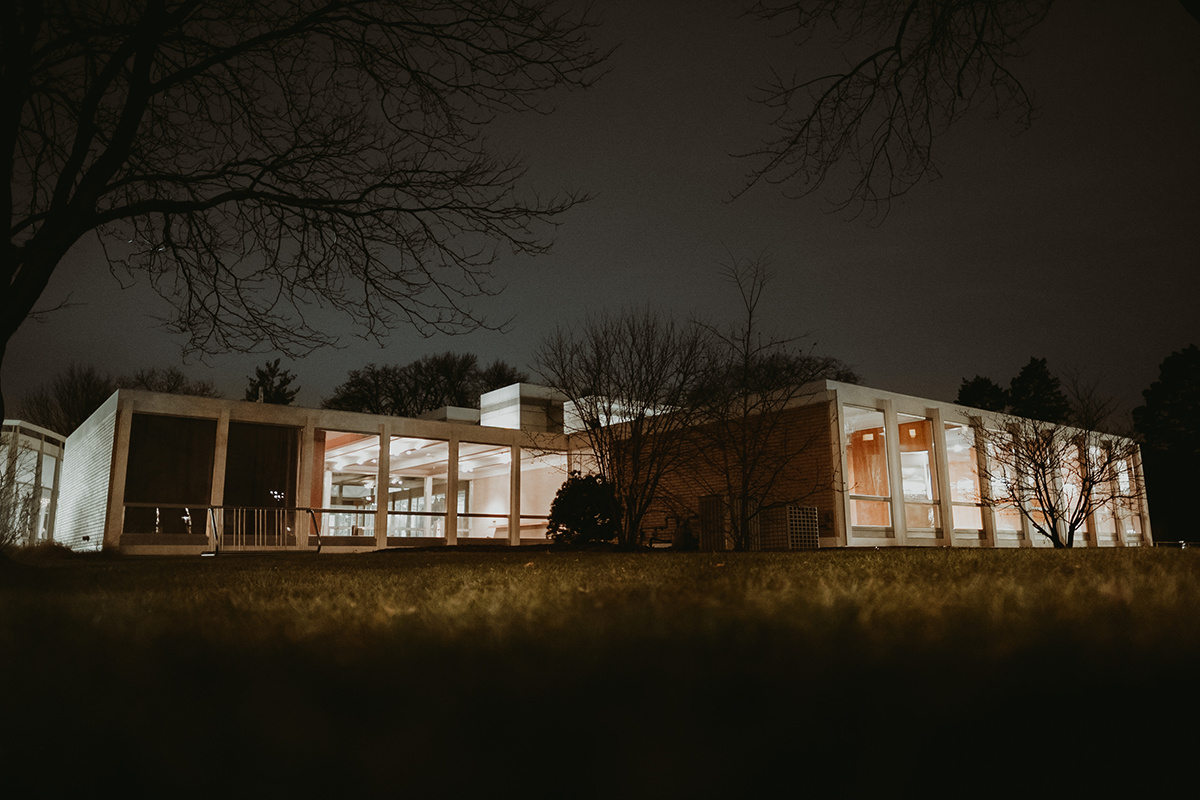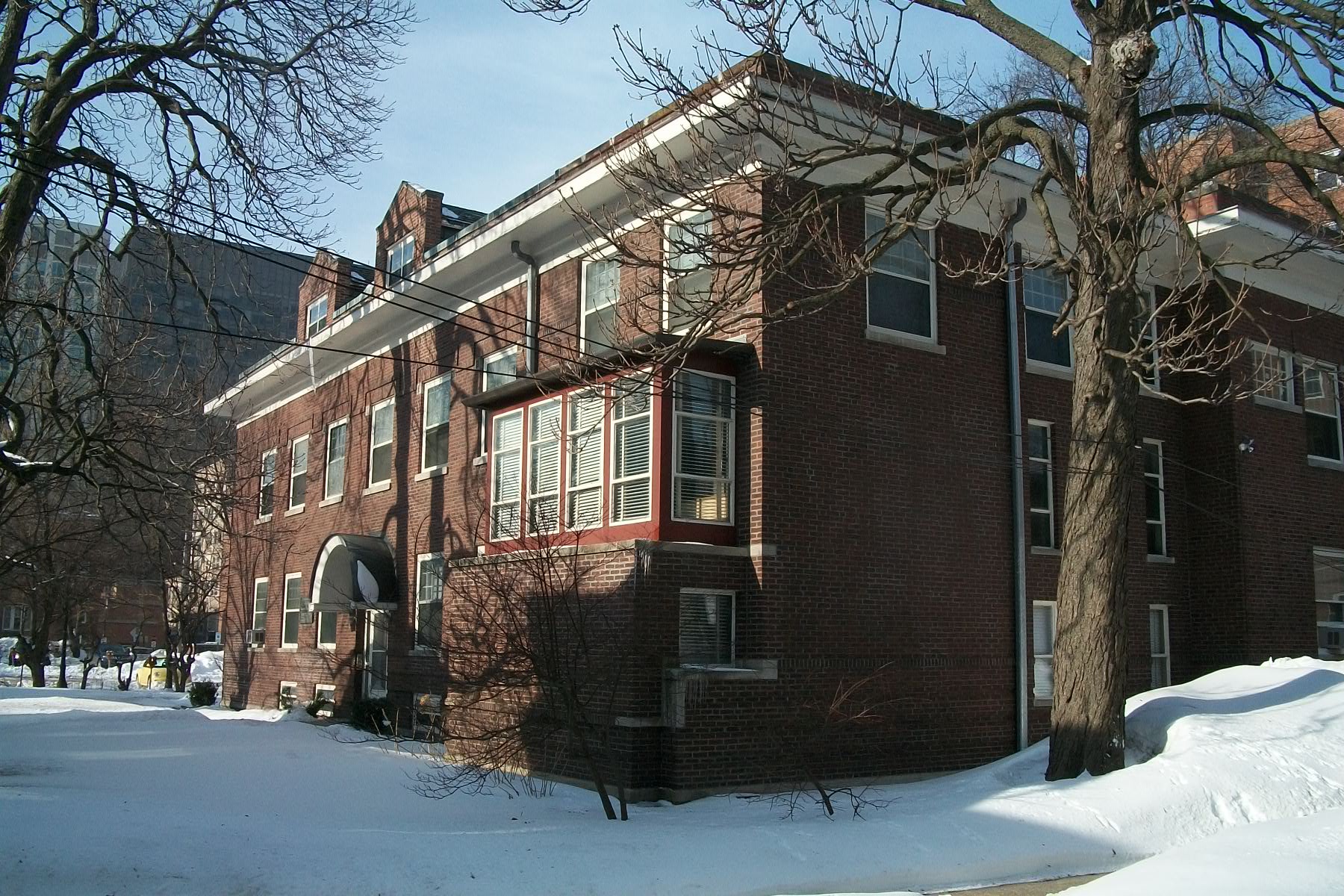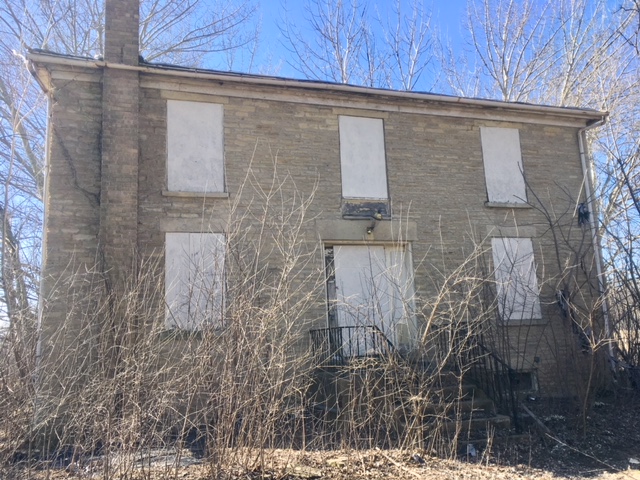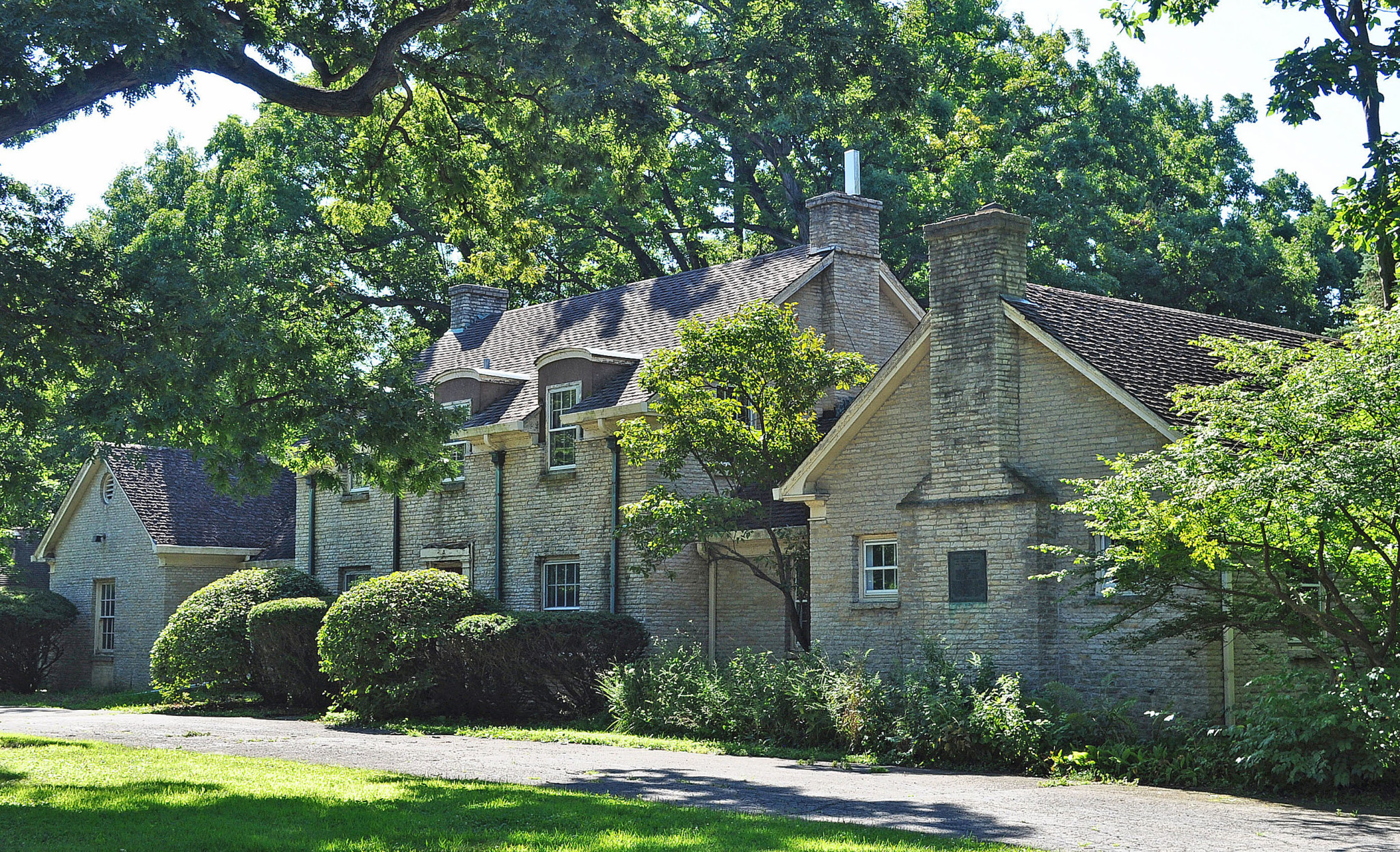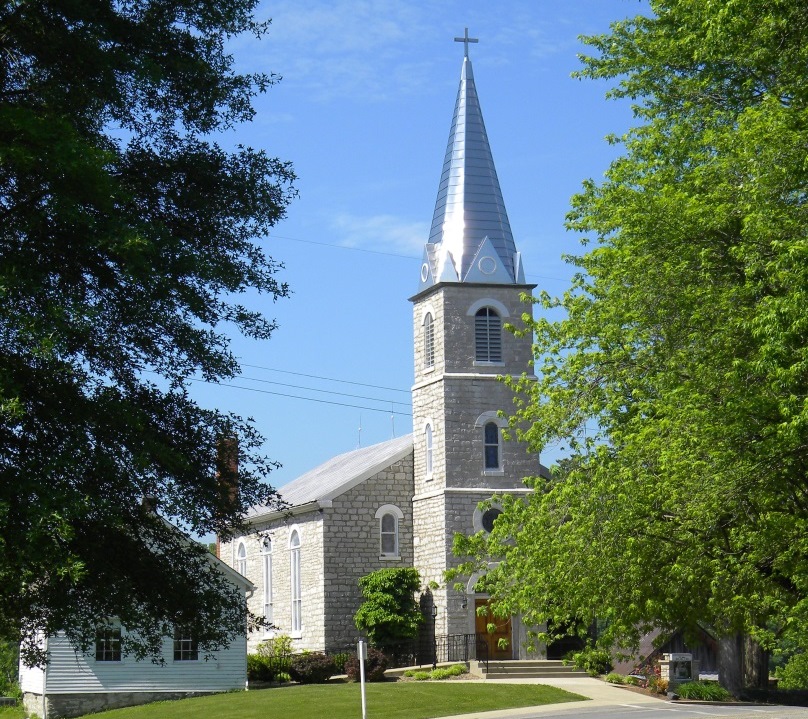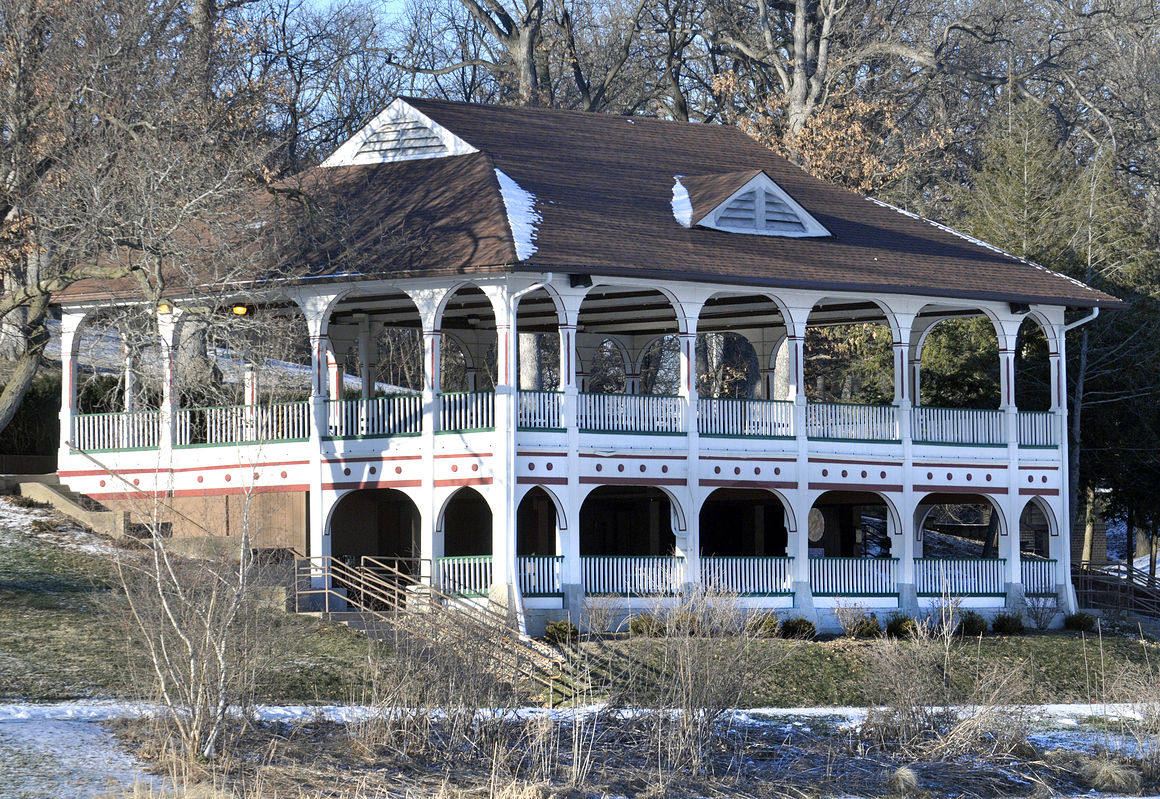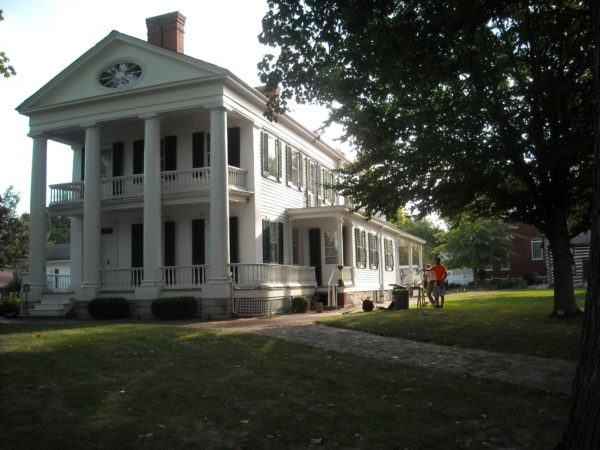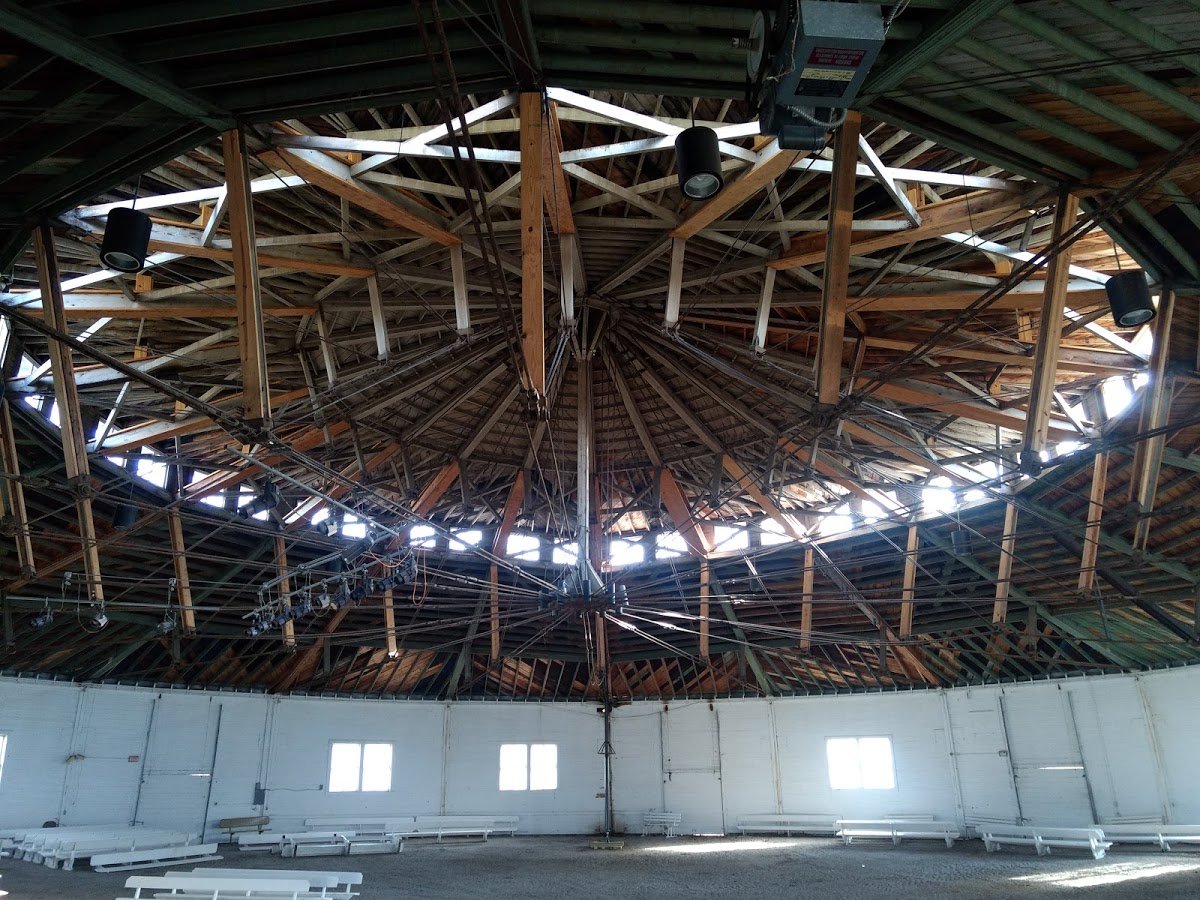Lincoln Central Association - Halsted-Willow Gateway, Chicago
Grant Amount: $2,000
The Halsted-Willow Gateway in Chicago’s Lincoln Park Neighborhood was listed on Landmarks Illinois’ 2014 Most Endangered Historic Places in Illinois due to development threats. The four Victorian-era buildings located at three of the corners of the intersection form the Willow-Halsted Gateway. Fortunately, the owner sold their property due to pressure to not redevelop this significant corner. The new owners, along with the alderman, and two community organizations — RANCH and Lincoln Central Association — are working together to protect the area through designation as a Chicago Landmark district. The group plans to hire a consultant to complete the City of Chicago Landmark designation for this corner.

